Potential vs Kinetic Energy Worksheets
Worksheets can be a valuable tool for students in the field of science, particularly when it comes to understanding potential and kinetic energy. These worksheets provide an organized and structured way for students to explore and practice concepts related to these types of energy. By completing these exercises, students can enhance their understanding of the subject and reinforce the key principles and calculations involved in calculating potential and kinetic energy.
Table of Images 👆
- Potential and Kinetic Energy Worksheets
- Potential Kinetic Energy Worksheet
- Kinetic vs Potential Energy Activity
- Potential and Kinetic Energy Worksheet Answers
- Potential and Kinetic Energy Worksheets 6th
- Potential Kinetic Energy Worksheet Answer Key
- Potential Kinetic Energy Worksheet Answers
- Potential and Kinetic Energy Worksheet with Answers
- Potential Energy Worksheets
- Kinetic Energy Worksheet
- Mechanical Kinetic and Potential Energy Worksheet
More Energy Worksheets
Light and Heat Energy WorksheetsTypes of Energy Transfer Worksheet
Energy Light Heat Sound Worksheets
3 Forms of Energy Worksheets
Energy Worksheets for Third Grade
Define potential energy.
Potential energy is the energy that an object possesses due to its position or condition, such as its height above the ground or its state of being stretched or compressed. This energy is stored within the object and has the potential to be converted into kinetic energy when the object is in motion or experiences a change in its condition.
Give three examples of objects that have potential energy.
A stretched rubber band, a book placed on a shelf, and a roller coaster at the top of a hill are all examples of objects that have potential energy.
Explain the relationship between potential energy and the position of an object.
The relationship between potential energy and the position of an object is that potential energy is a measure of the energy that is stored in an object due to its position or configuration within a system. The position of an object affects its potential energy because the higher an object is positioned in a gravitational field, the greater its potential energy. This is because the object has the potential to do work as it moves to a lower position, converting potential energy into kinetic energy. Conversely, as the object moves to a higher position, potential energy increases. Therefore, potential energy and an object's position are directly related, with position determining the amount of potential energy stored in the object.
Define kinetic energy.
Kinetic energy is the energy possessed by an object due to its motion. It is directly proportional to the mass of the object and the square of its velocity. Kinetic energy is a scalar quantity and is one of the fundamental types of energy in physics.
Give three examples of objects that have kinetic energy.
A moving car, a swinging pendulum, and a thrown baseball are all examples of objects that have kinetic energy.
Explain the relationship between kinetic energy and the motion of an object.
Kinetic energy is the energy that an object possesses due to its motion. The relationship between kinetic energy and the motion of an object is that as the object's speed or velocity increases, its kinetic energy also increases. This means that the faster an object moves, the more kinetic energy it has. Conversely, if the object comes to a stop, its kinetic energy decreases to zero because there is no longer any motion to generate energy. In summary, kinetic energy is directly proportional to the speed of the object in motion.
How is potential energy converted into kinetic energy?
Potential energy is converted into kinetic energy when an object is in motion due to the force of gravity or any other external force acting upon it. As the object moves, its potential energy decreases because the object's position changes, while its kinetic energy increases as it gains speed and momentum. This conversion of energy occurs as the object accelerates and its motion is influenced by forces such as gravity, friction, or applied forces, resulting in the transformation of potential energy into kinetic energy.
Give an example of a situation where potential energy is converted into kinetic energy.
When a roller coaster reaches the top of the track after ascending a hill, it has stored potential energy due to its height. As it descends down the hill, this potential energy is converted into kinetic energy, causing the roller coaster to gain speed and acceleration as it moves downhill.
Can an object have both potential and kinetic energy at the same time? Explain.
Yes, an object can have both potential and kinetic energy at the same time. Potential energy is the energy an object has due to its position or state, while kinetic energy is the energy of motion. For example, a moving object like a roller coaster at the top of a hill has both potential energy due to its height and kinetic energy due to its motion. As the roller coaster moves down the hill, its potential energy decreases while its kinetic energy increases, demonstrating how an object can possess both types of energy simultaneously.
How does the amount of potential or kinetic energy in an object change with its mass or speed?
The amount of potential energy in an object increases with its mass, as potential energy is directly proportional to the object's mass and the height at which it is raised. On the other hand, the amount of kinetic energy in an object increases with its speed, as kinetic energy is directly proportional to the object's mass and the square of its speed. In summary, the potential energy of an object increases with mass and height, while the kinetic energy of an object increases with mass and speed.
Have something to share?
Who is Worksheeto?
At Worksheeto, we are committed to delivering an extensive and varied portfolio of superior quality worksheets, designed to address the educational demands of students, educators, and parents.

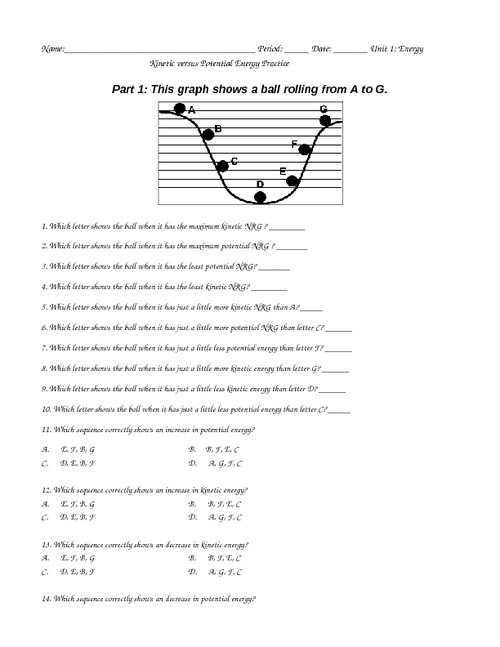



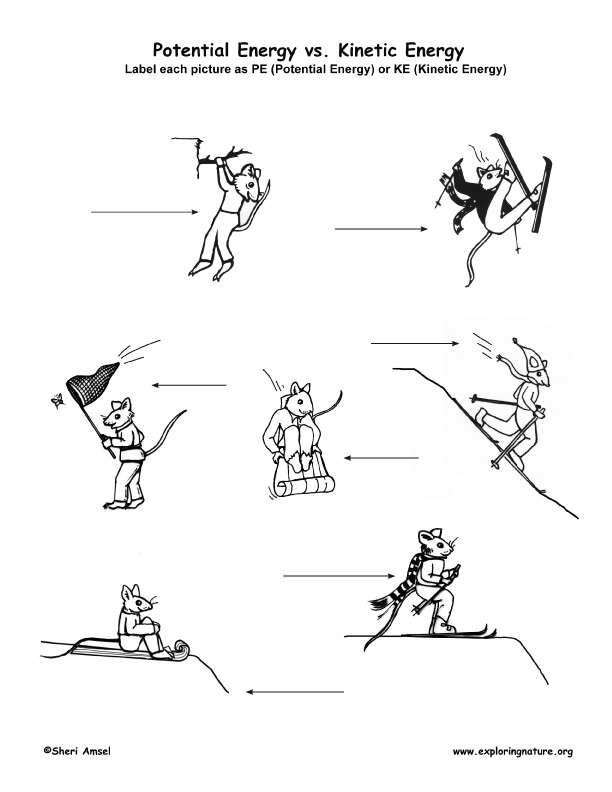
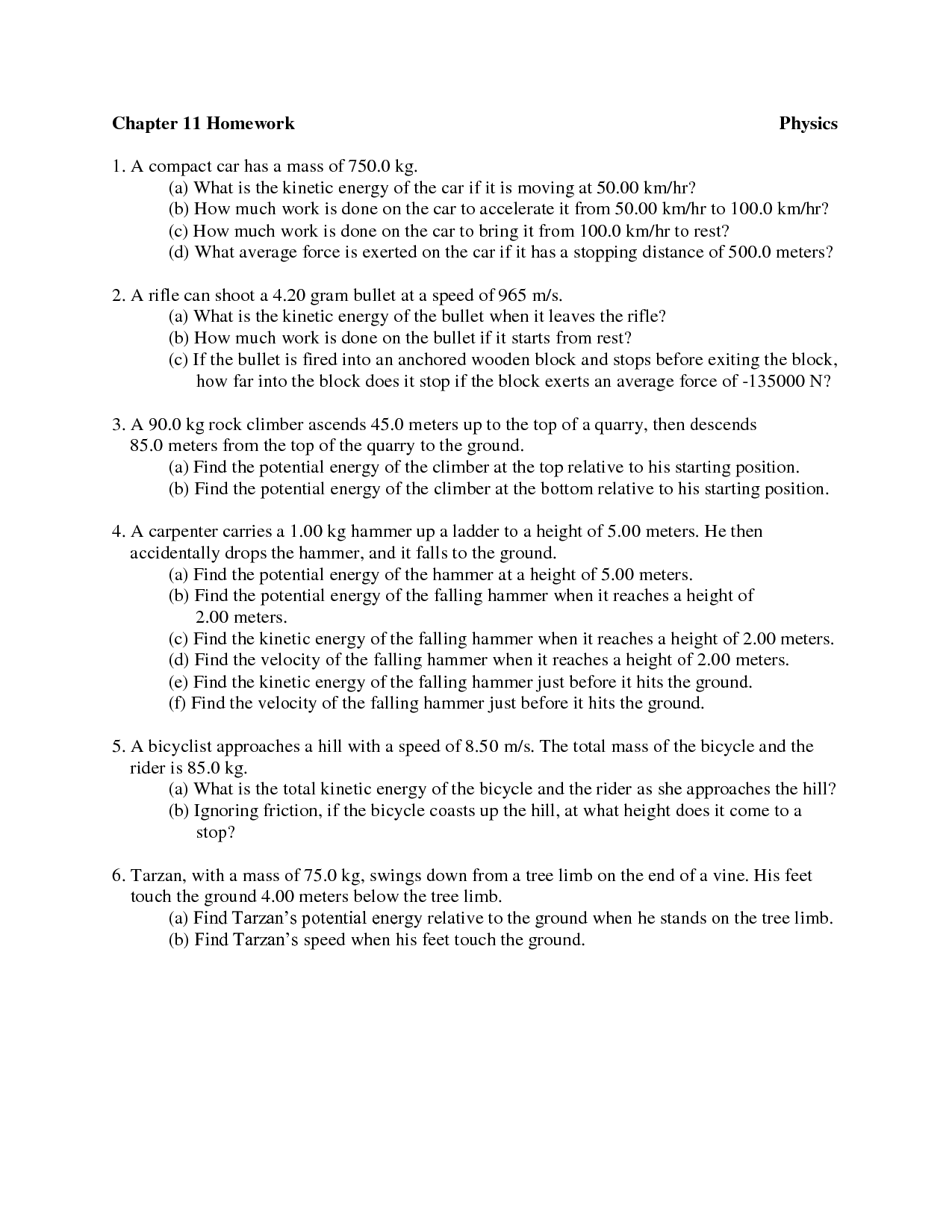
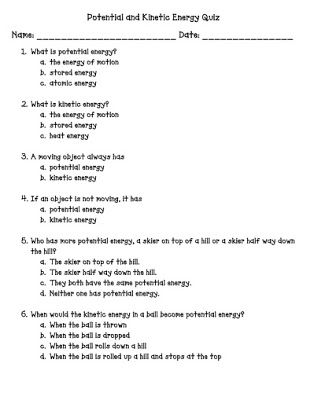
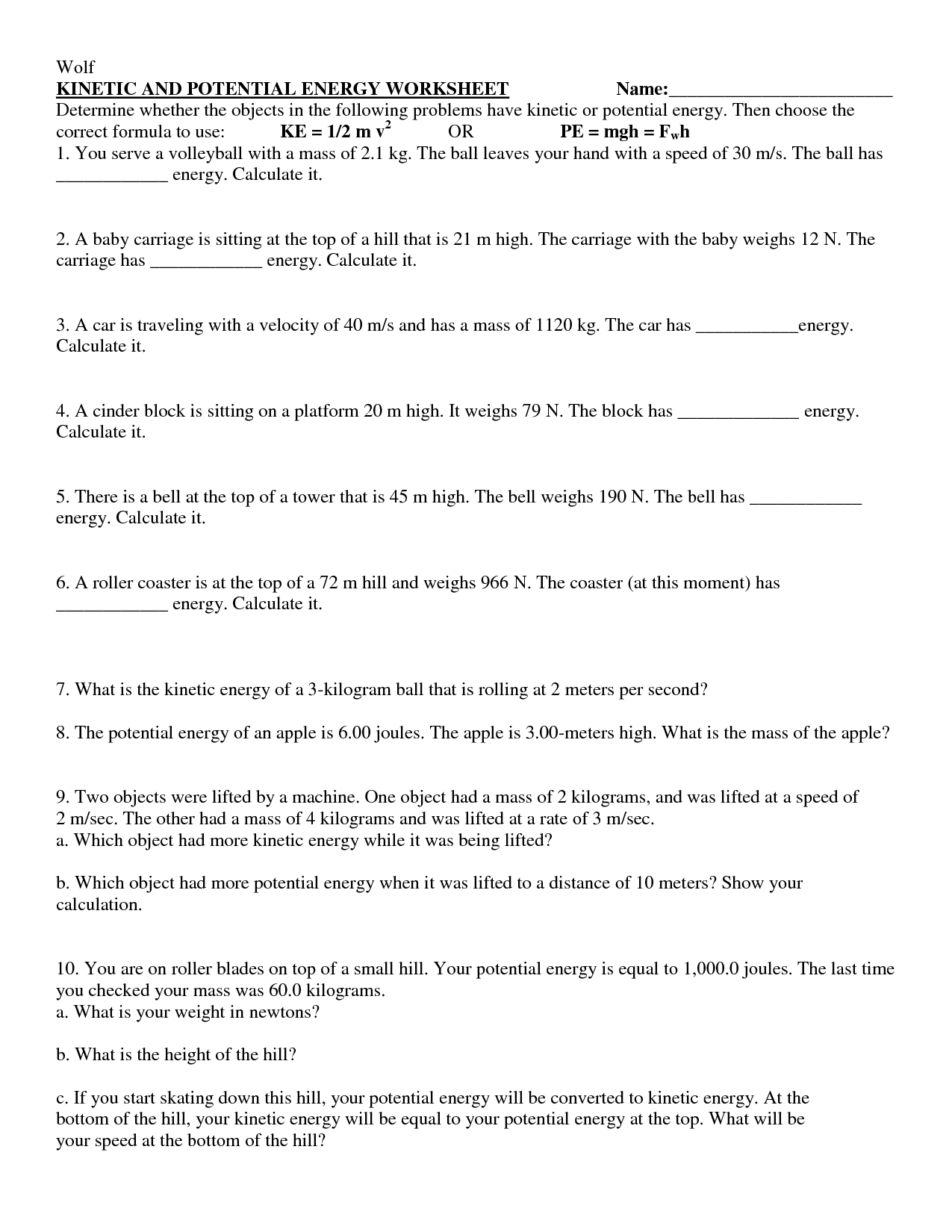
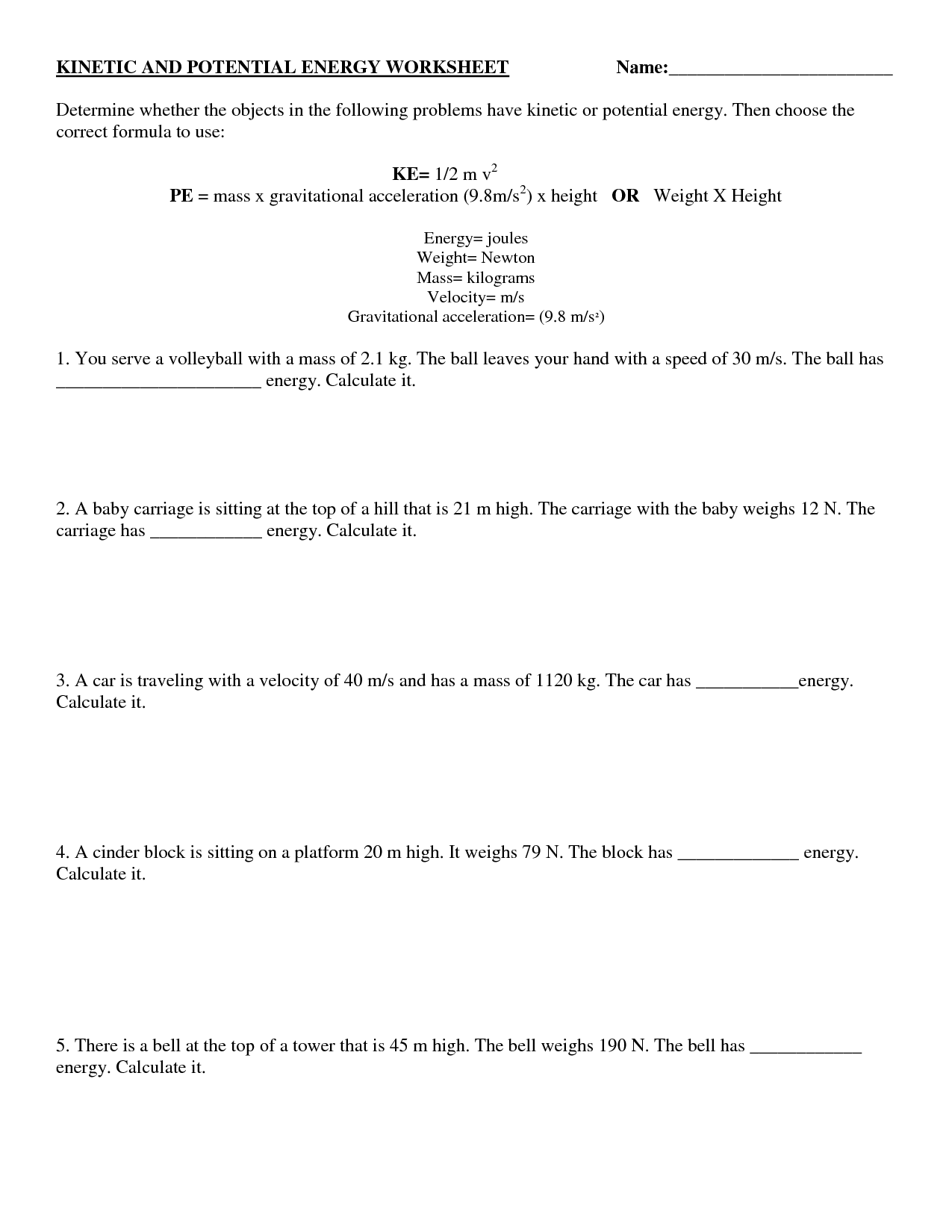
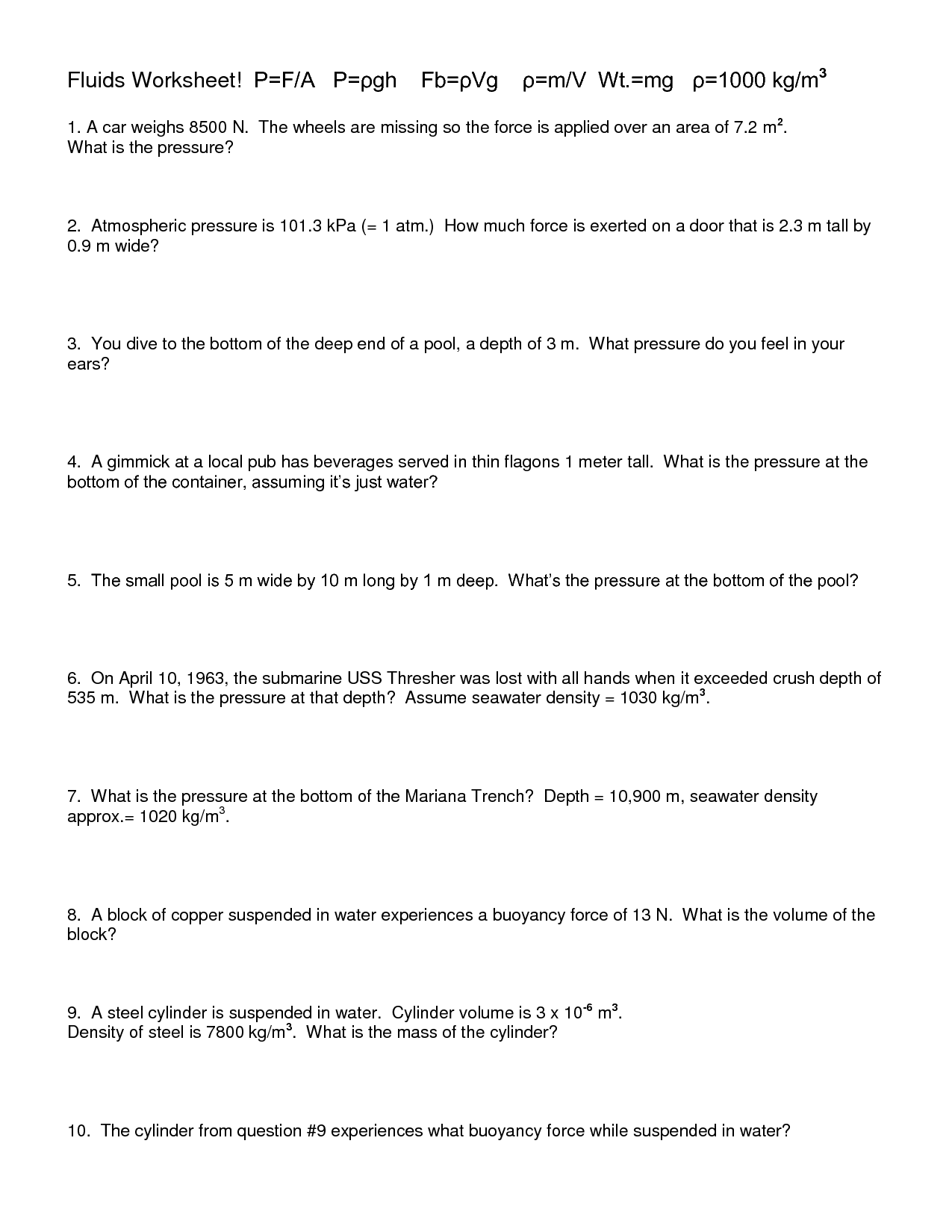
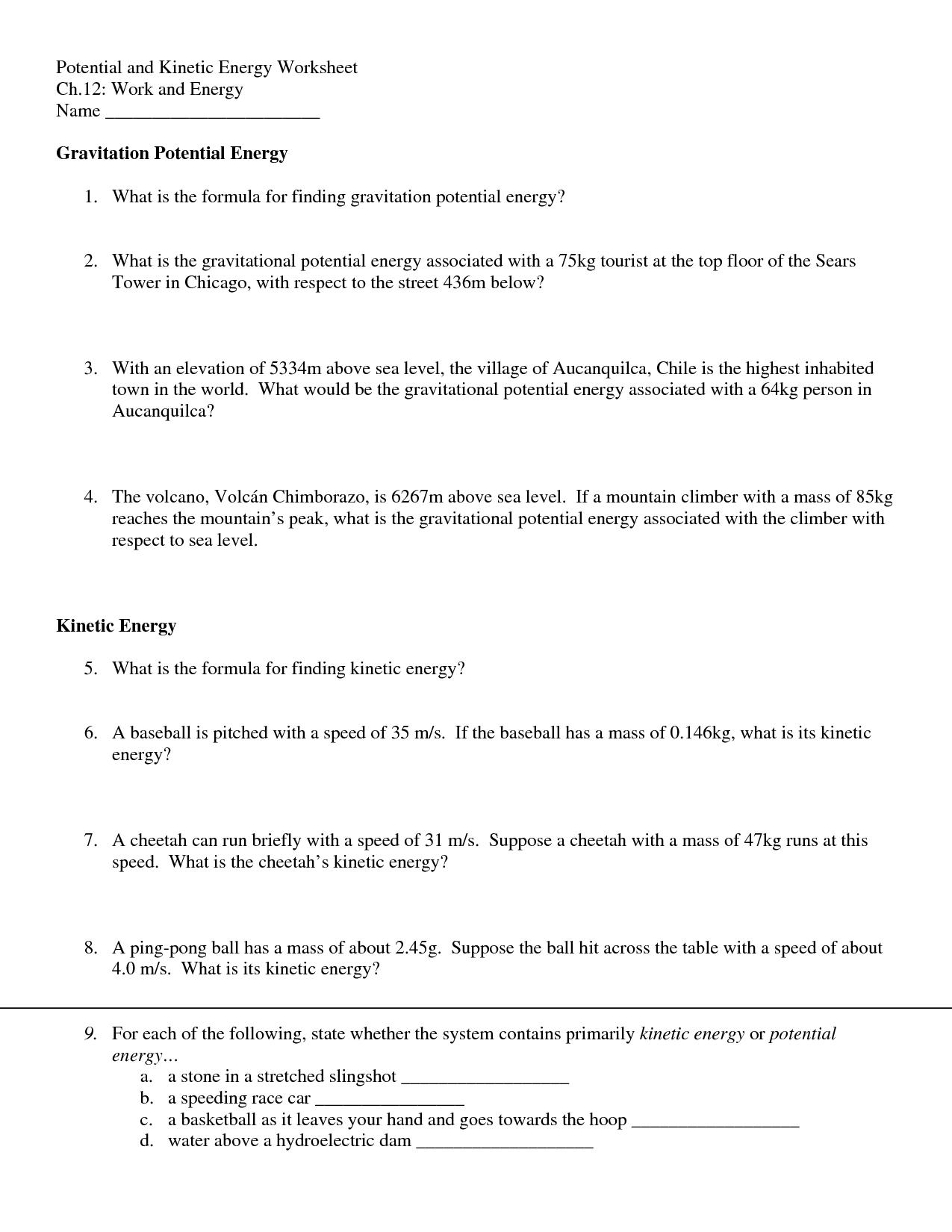
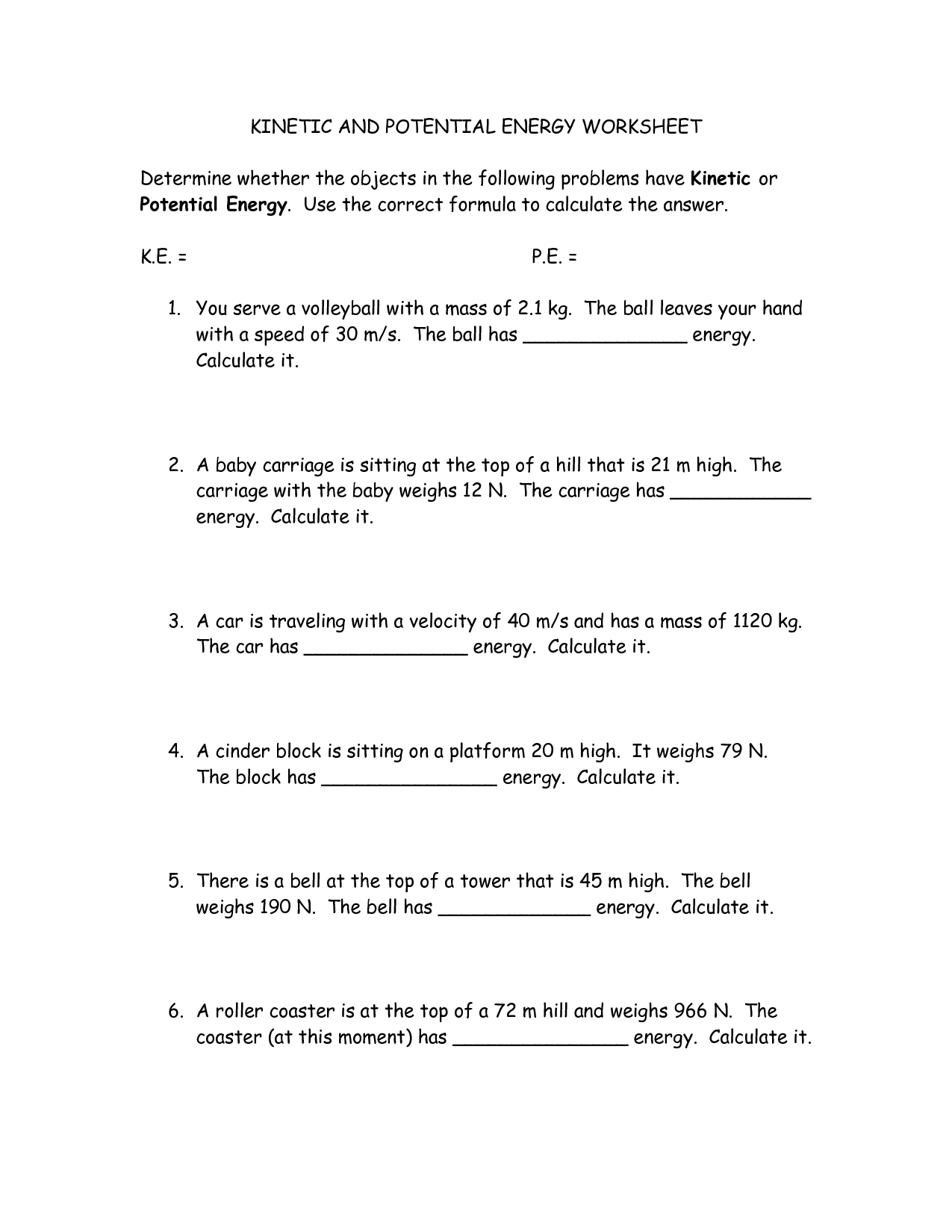
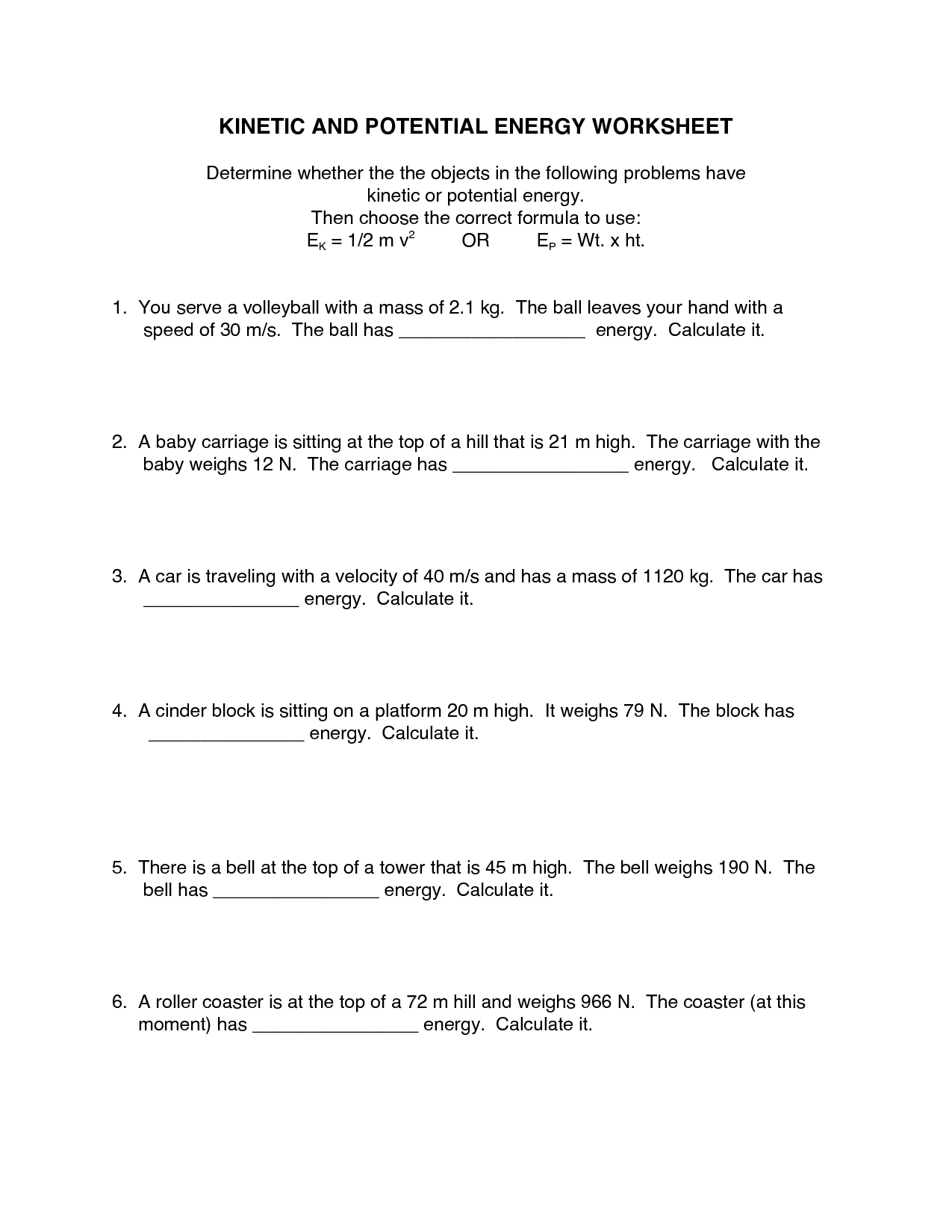
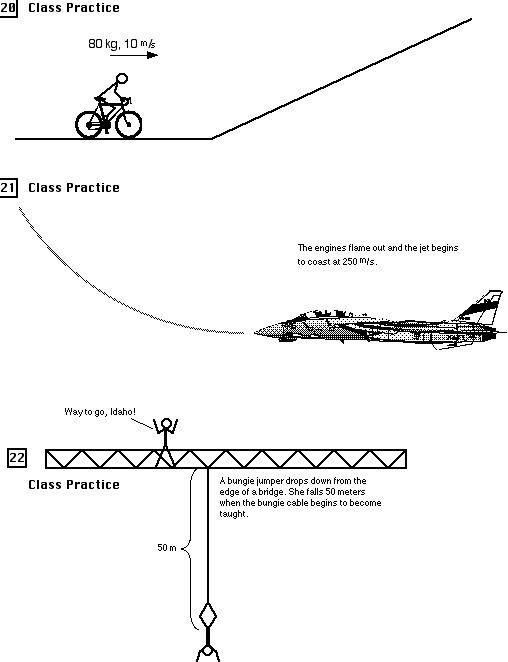
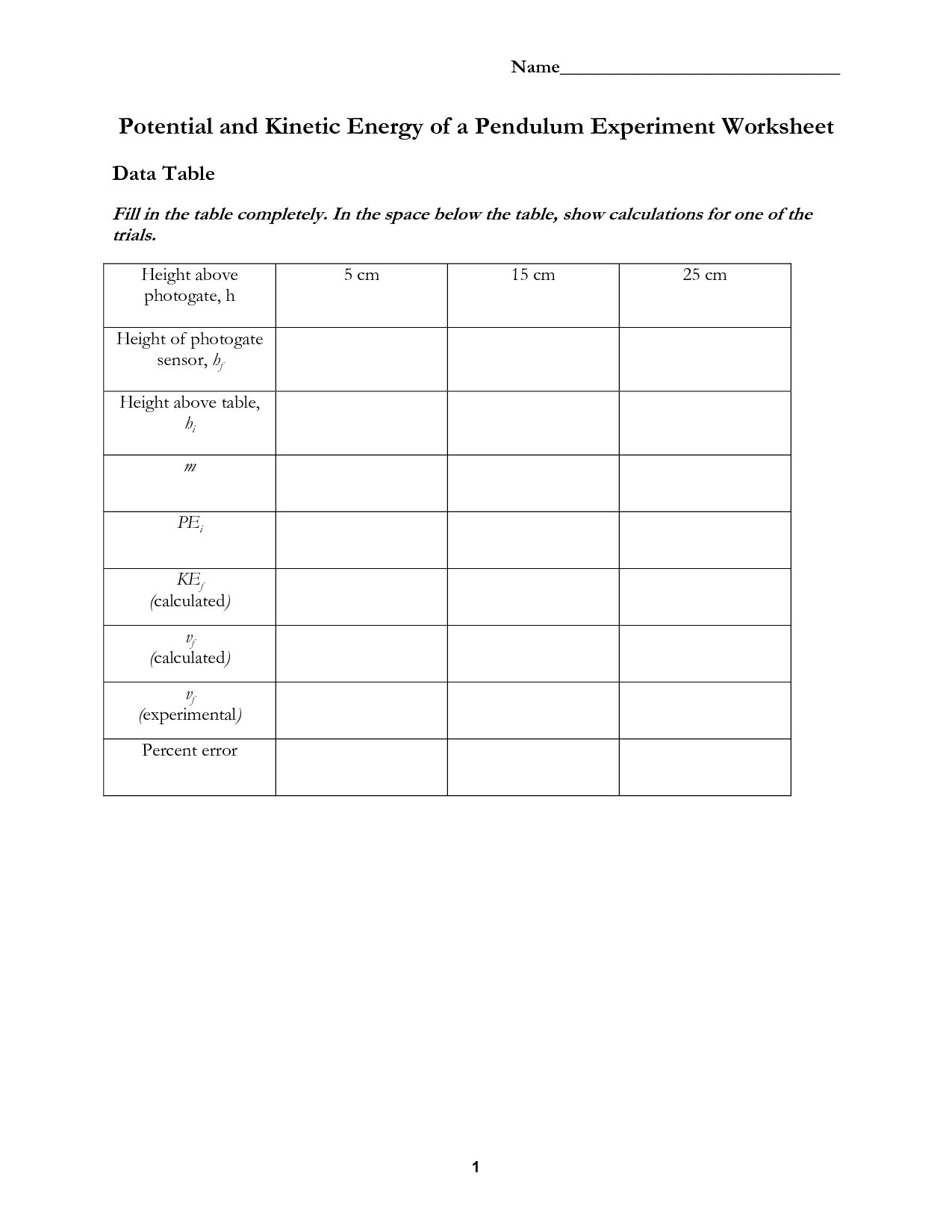
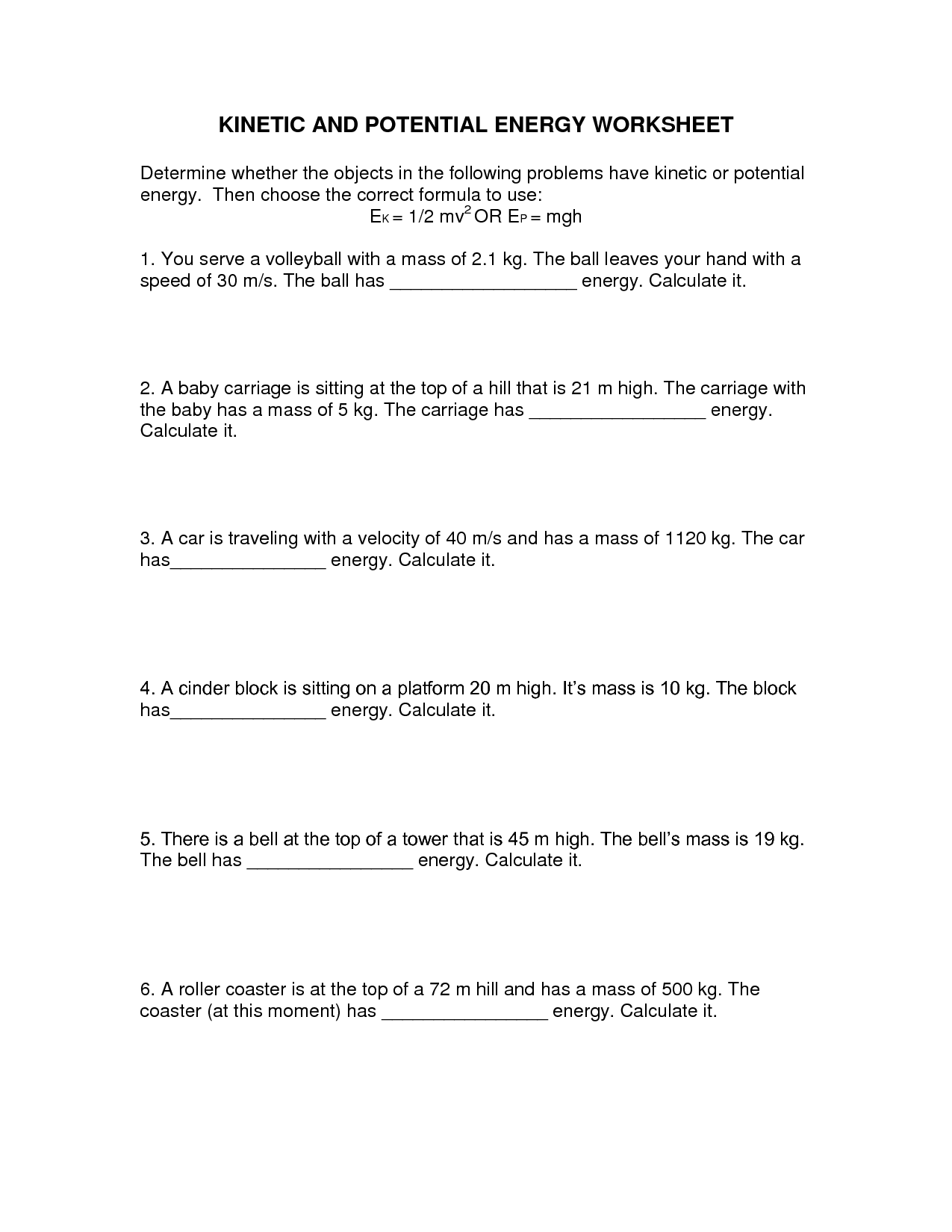
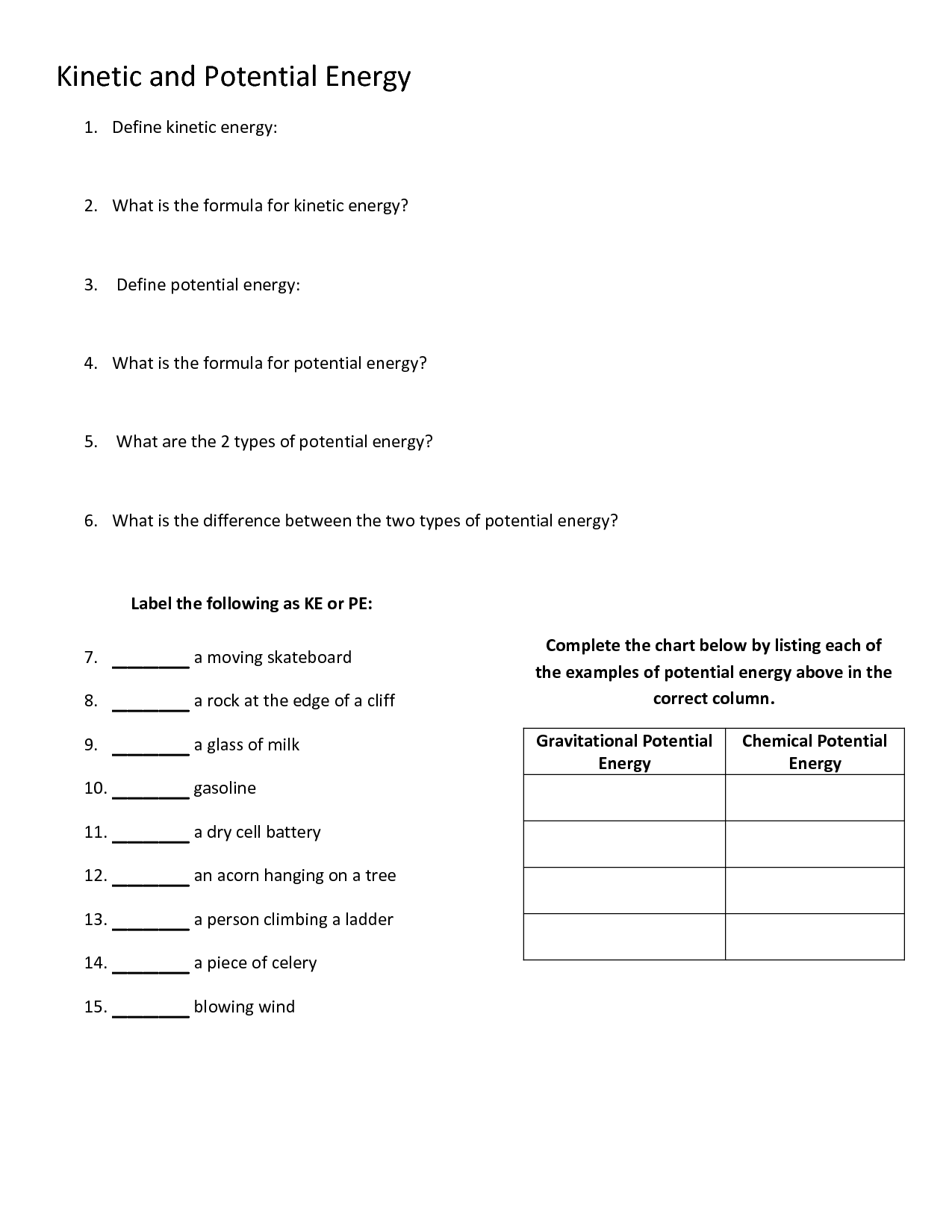
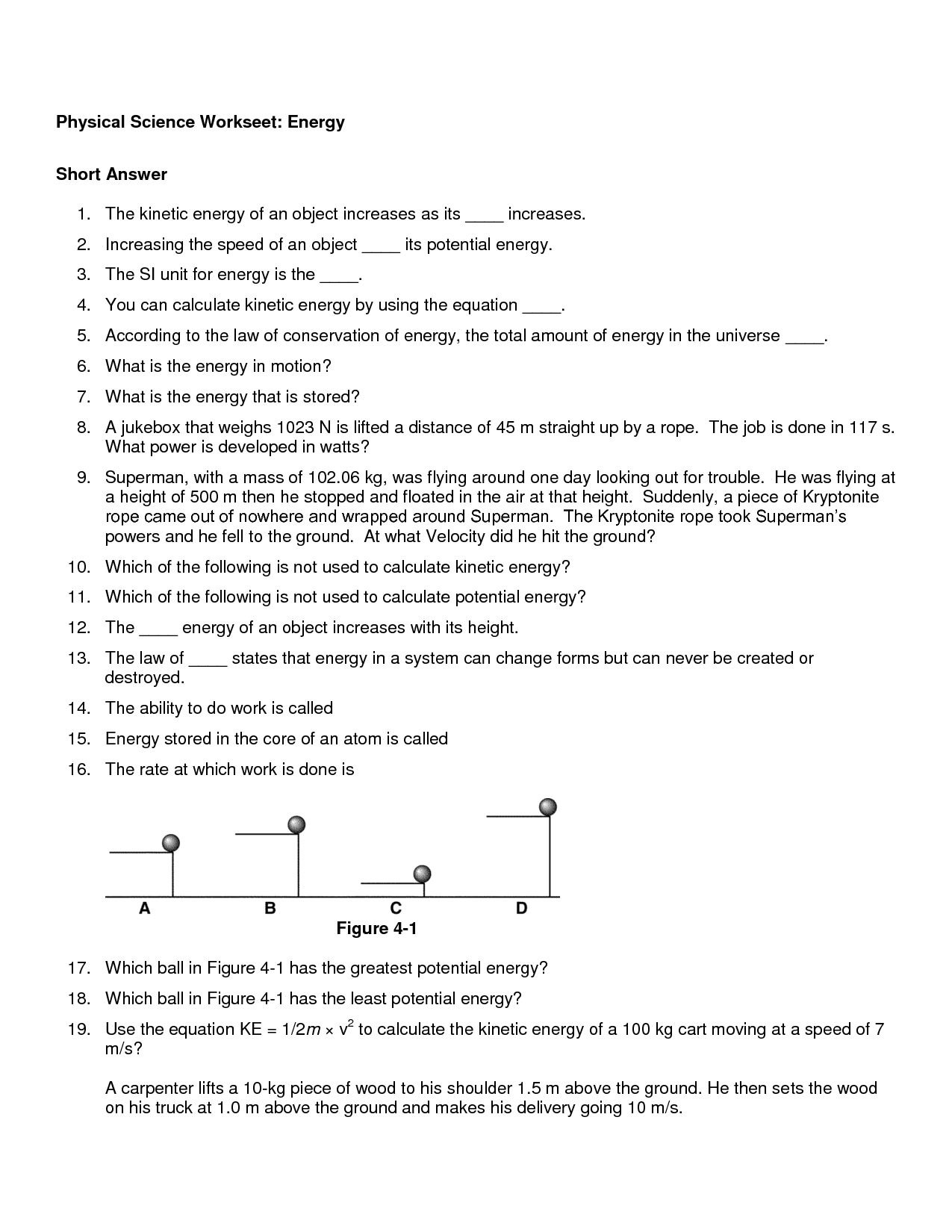













Comments